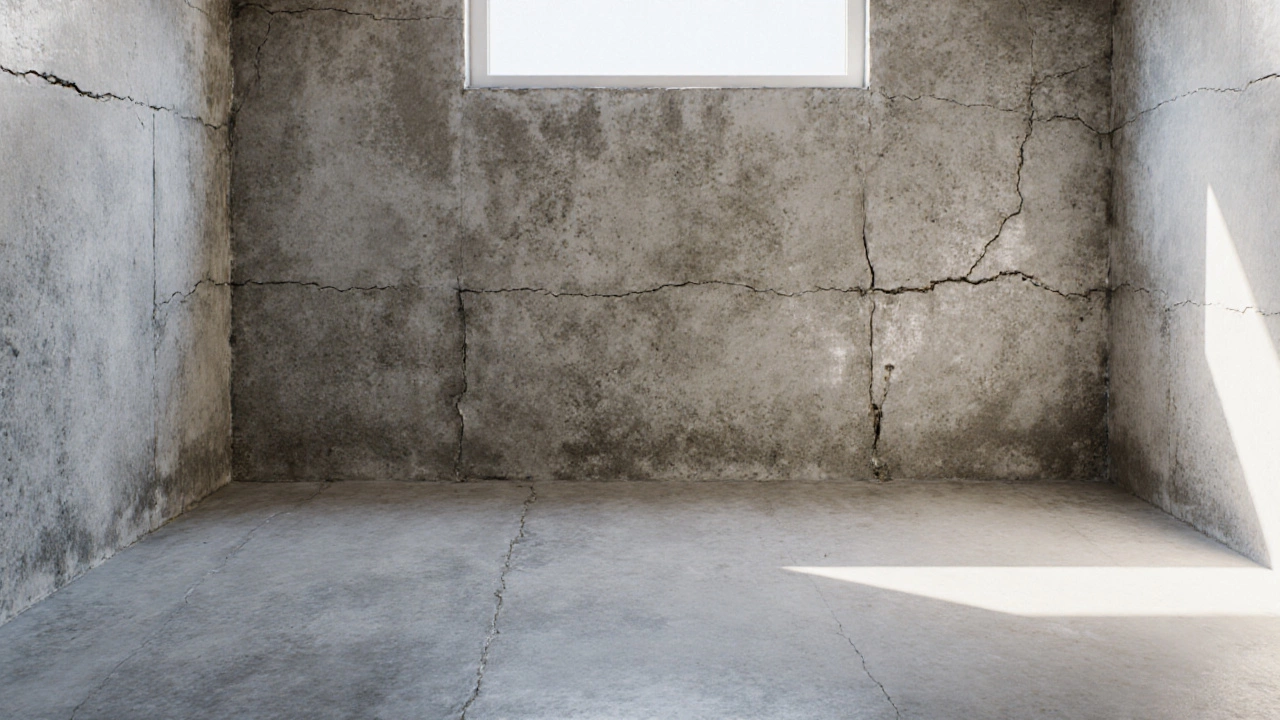Identifying Bad Foundation Cracks: What to Look For
Learn how to recognize a bad foundation crack, understand its types, and know when to seek professional repair. Clear signs, measurement tips, and prevention advice included.
When you spot a structural crack, a visible break in a load-bearing part of a building that threatens its integrity. Also known as load-bearing crack, it’s not just a cosmetic issue—it’s a warning sign that something deeper is wrong. Unlike hairline cracks from drying concrete or seasonal shifting, structural cracks run deep, often diagonally across walls, through foundations, or along mortar lines. They don’t go away with paint. If left ignored, they can lead to uneven floors, sticking doors, or worse—partial collapse.
These cracks are tied directly to foundation settlement, the sinking or shifting of a building’s base due to soil movement, poor drainage, or weak support. You’ll see them more often in older homes or those built on clay soil that expands and contracts with rain. But they’re not just about age. Poor construction, nearby tree roots, or even heavy rainfall can trigger sudden movement. Foundation repair, the process of stabilizing or reinforcing a failing foundation to prevent further damage. isn’t always expensive—but it’s always urgent. DIY fixes like epoxy injections might seal the crack, but they won’t stop the movement causing it. That’s where a structural engineer comes in.
Structural cracks don’t show up in isolation. They’re often linked to structural damage, any physical harm to a building’s load-bearing components that compromises safety or function. Think warped beams, cracked columns, or bowed walls. These aren’t problems you can ignore because they’re "not getting worse yet." The damage is already done. What’s changing is the rate of risk. Insurance rarely covers these unless caused by sudden events like earthquakes or floods. Most homeowners don’t realize their policy excludes gradual settling—until it’s too late.
And here’s the truth: not every crack is a disaster. But you can’t guess which ones matter. If a crack is wider than a credit card, runs from floor to ceiling, or is getting bigger over time—it’s structural. If you’ve noticed doors that won’t close or tiles cracking in a straight line, that’s not normal wear. It’s the building telling you it’s under stress.
Below, you’ll find real guides from people who’ve been there—whether it’s fixing a crack yourself, knowing when to call a pro, or understanding why some repairs cost thousands while others are simple. No fluff. No hype. Just what works, what doesn’t, and what you need to do next.

14 October
Learn how to recognize a bad foundation crack, understand its types, and know when to seek professional repair. Clear signs, measurement tips, and prevention advice included.